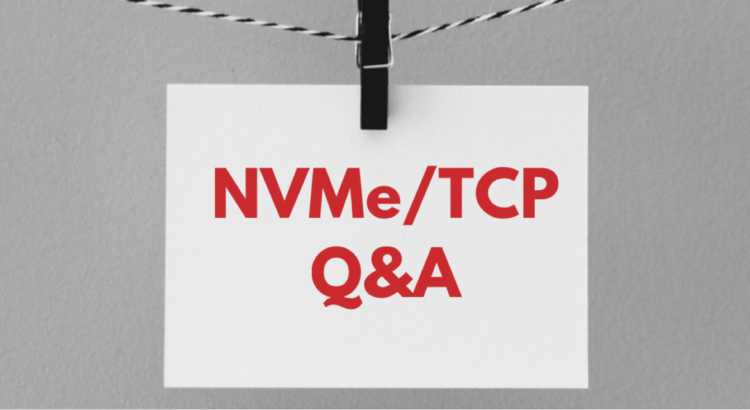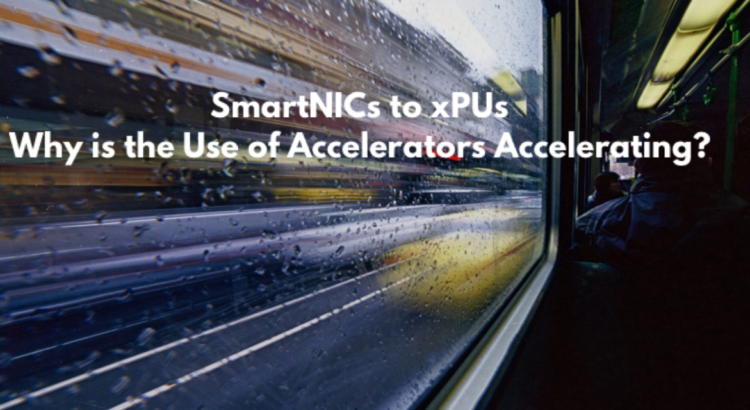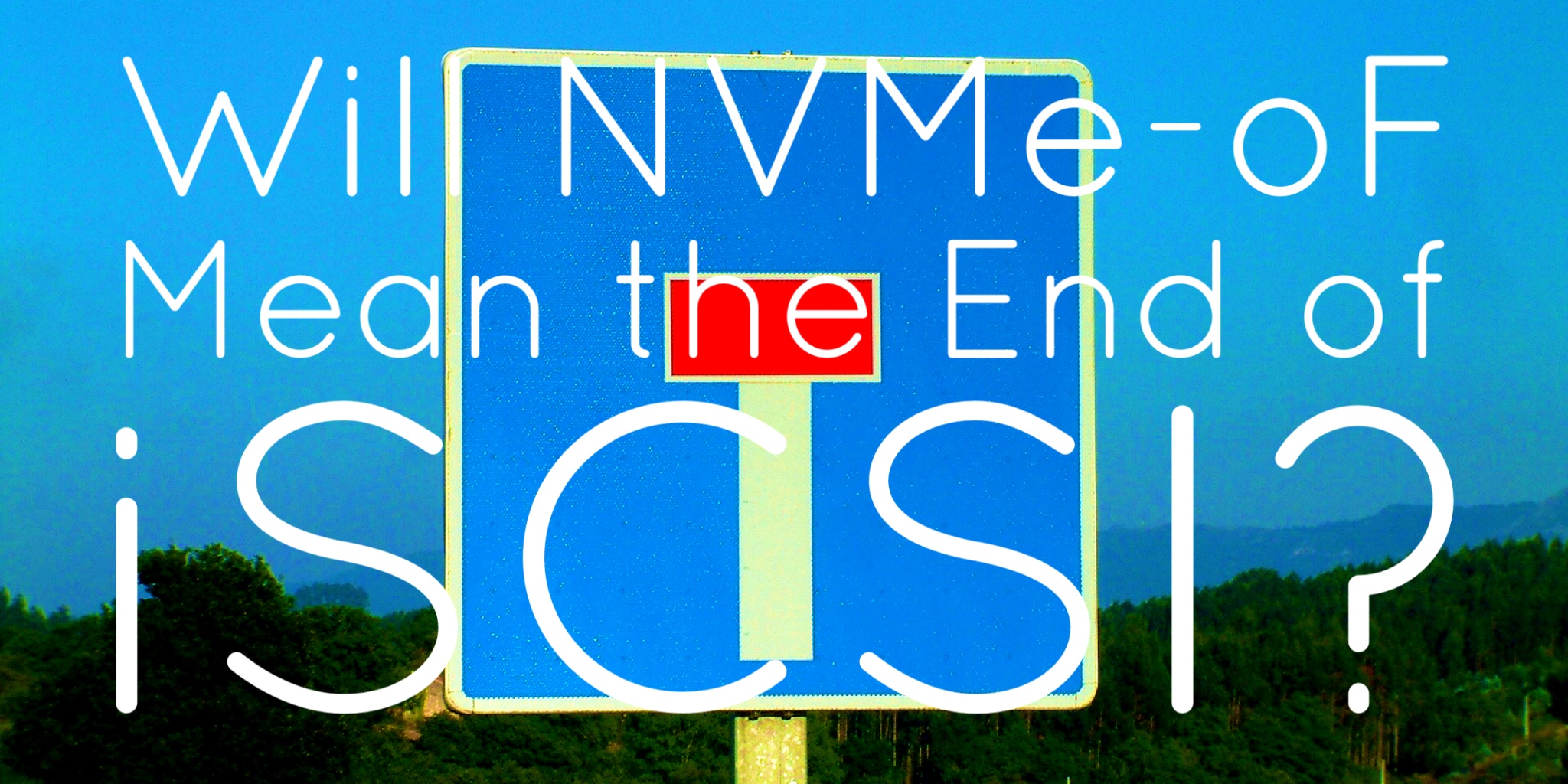
NVMe®/TCP Q&A
The SNIA Networking Storage Forum (NSF) had an outstanding response to our live webinar, “NVMe/TCP: Performance, Deployment, and Automation.” If you missed the session, you can watch it on-demand and download a copy of the presentation slides at the SNIA Educational Library. Our live audience gave the presentation a 4.9 rating on a scale of 1-5, and they asked a lot of detailed questions, which our presenter, Erik Smith, Vice Chair of SNIA NSF, has answered here.
Q: Does the Centralized Discovery Controller (CDC) layer also provide drive access control or is it simply for discovery of drives visible on the network?
A: As defined in TP8010, the CDC only provides transport layer discovery. In other words, the CDC will allow a host to discover transport layer information (IP, Port, NQN) about the subsystem ports (on the array) that each host has been allowed to communicate with. Provisioning storage volumes to a particular host is additional functionality that COULD be added to an implementation of the CDC. (e.g., Dell has a CDC implementation that we refer to as SmartFabric Storage Software (SFSS).
Q: Can you provide some examples of companies that provide CDC and drive access control functionalities? Read More






 The lines are blurring as new memory technologies are challenging the way we build and use storage to meet application demands. That’s why the
The lines are blurring as new memory technologies are challenging the way we build and use storage to meet application demands. That’s why the  As more storage traffic traverses the network, the risk of congestion leading to higher-than-expected latencies and lower-than expected throughput has become common. That’s why the SNIA Networking Storage Forum (NSF) hosted a live webcast earlier this month,
As more storage traffic traverses the network, the risk of congestion leading to higher-than-expected latencies and lower-than expected throughput has become common. That’s why the SNIA Networking Storage Forum (NSF) hosted a live webcast earlier this month,  Last month, the
Last month, the